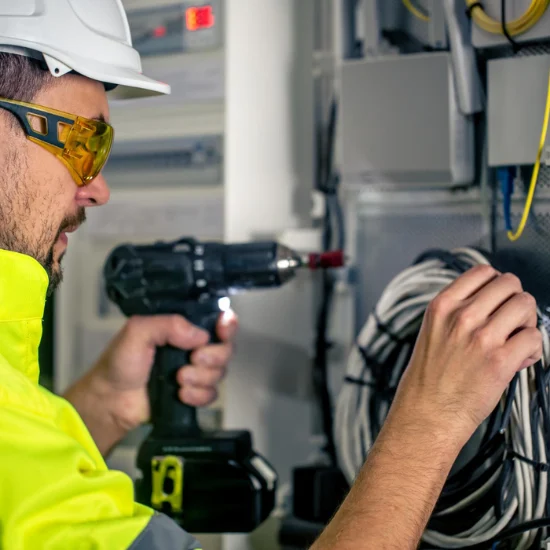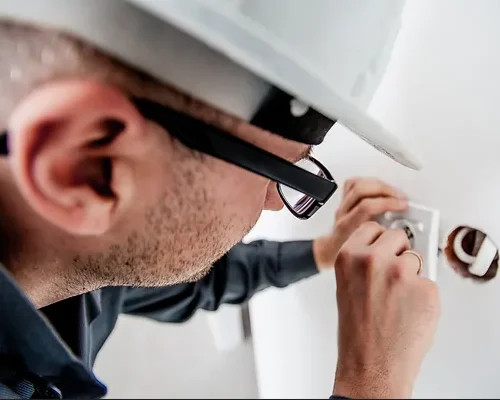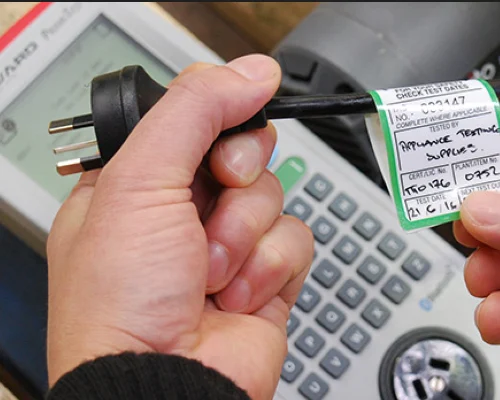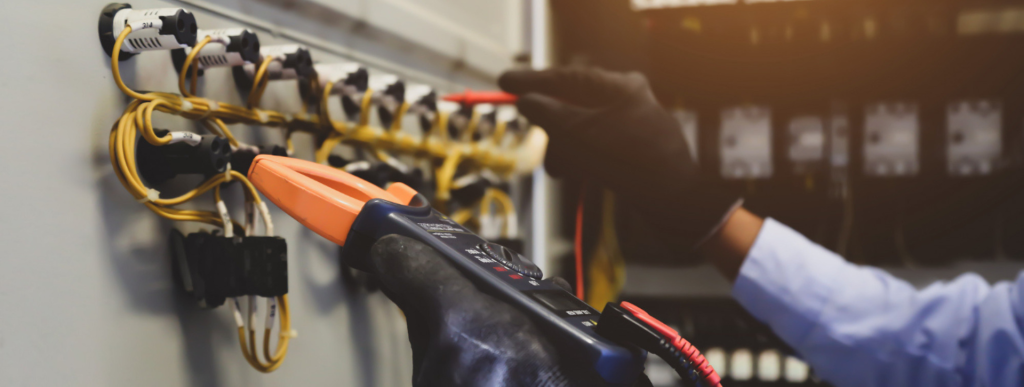What is Test and Tag?

Test and tag is a safety procedure involving the inspection and testing of electrical equipment to ensure it is safe to use. The process involves two key steps:
- Testing: Checking the appliance for any electrical faults using specialised testing equipment.
- Tagging: Labelling the appliance with a tag that indicates it has been tested, including the date of the test and the next due date for testing.
This process is essential for maintaining a safe working environment and complying with occupational health and safety regulations.
Why is Test and Tag Important?

The primary purpose of test and tag is to prevent electrical accidents, such as shocks, fires, and equipment malfunctions. Here are some key reasons why it is important:
- Safety Compliance: Adhering to Australian standards (AS/NZS 3760) ensures that your workplace meets legal safety requirements.
- Risk Management: Identifying and mitigating potential electrical hazards reduces the risk of accidents and injuries.
- Equipment Maintenance: Regular testing and tagging help in maintaining the efficiency and longevity of your electrical appliances.
- Peace of Mind: Knowing that your equipment is safe to use provides peace of mind for both employers and employees.
Learn more about why Test and Tag is important
How to Test and Tag | Step-by-Step Guide

How to test and tag your electrical equipment may seem daunting, but with the right knowledge and tools, it can be a straightforward process. Here’s a step-by-step guide:
1. Understand the Regulations
Before starting, familiarise yourself with the relevant Australian standards, specifically AS/NZS 3760, which outlines the procedures for the inspection and testing of electrical equipment.
2. Gather Necessary Equipment
You will need the following tools and equipment:
- Portable appliance tester (PAT)
- Insulation resistance tester
- Visual inspection tools (e.g., magnifying glass, torch)
- Tags and labels
- Logbook or software for recording test results
3. Conduct a Visual Inspection
Begin by visually inspecting the appliance for any obvious signs of damage or wear, such as:
- Frayed cords
- Exposed wires
- Cracks in the casing
- Signs of overheating
4. Perform Electrical Tests
Using a PAT, conduct the necessary electrical tests, which may include:
- Earth continuity test
- Insulation resistance test
- Polarity check
- Leakage current test
Follow the manufacturer’s instructions for the PAT to ensure accurate results.
5. Tag the Equipment
Once the testing is complete and the appliance is deemed safe, attach a tag to the equipment. The tag should include:
- Date of the test
- Next due date for testing
- Tester’s name or identification
- Result of the test (pass or fail)
6. Record the Results
Maintain a record of all test results in a logbook or digital format. This record should include details of the appliance, test dates, results, and any actions taken.
7. Schedule Regular Testing
Ensure that all appliances are tested regularly, following the recommended intervals based on their usage and environment. High-risk equipment may require more frequent testing.
What is Test and Tag? | Conclusion
Test and tag is a vital process for ensuring electrical safety in the workplace. By understanding what test and tag is and how to test and tag your equipment, you can help prevent accidents and comply with Australian safety standards. Regular testing and tagging not only safeguard your employees but also enhance the longevity and reliability of your electrical appliances.
Looking For a Test and Tag Service from Experienced Professionals?

Book a free appointment with ZINTRA today to get your electrical equipment tested and tagged by our expert team. Contact us now to get started!
Find out more about our Test and tag services
Book a Free Appointment!
Transform your space with ZINTRA’s expert services! Book a free appointment today and see the difference our professional team can make.
Book Appointment




